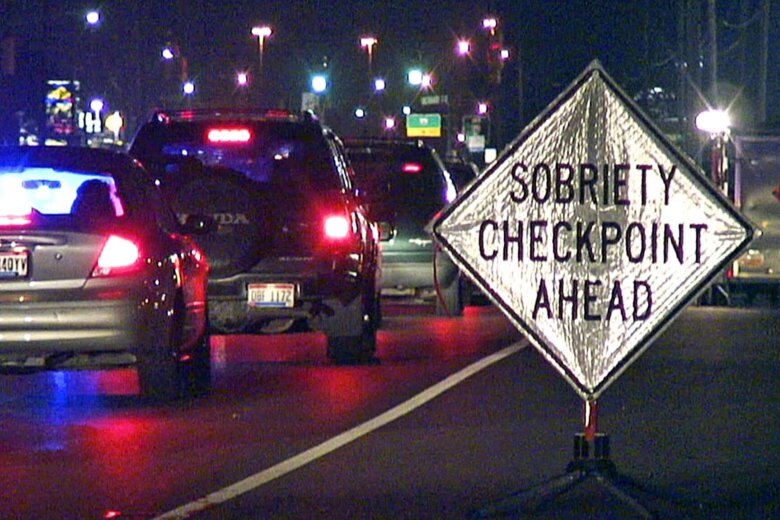
For weeks, police departments all across the D.C. region have been issuing warnings to people about driving drunk. And as we count down the final days of 2023, those warnings are being amplified again after a rash of alcohol-related crashes to close out last year.
Between Thanksgiving of 2022 and Jan. 1, 2023, Virginia saw 23 people die and over 400 drivers and passengers suffer injuries because of alcohol-related crashes. That marked a 77% increase in fatal crashes that involved the use of alcohol during the holiday season compared to 2021.
“Nationally, the National Highway Traffic Safety Administration says that over 36% of all traffic deaths on Christmas involve drunk drivers,” said Kurt Erickson, the head of the Washington Regional Alcohol Program. “And of course, when you get to the holy grail of New Year’s, it’s nearly half — it’s 40% of all traffic deaths involve drunk drivers, meaning that they’re 100% preventable.”
Preliminarily, data from the Virginia Department of Motor Vehicles shows nearly 2,000 alcohol-related crashes in northern Virginia so far this year, resulting in over 50 fatalities and approaching 1,200 people injured.
“Just last year, drunken driving fatalities went up in the D.C. area, drunken driving injuries went up in the D.C. area, drunken driving crashes went up in the D.C. area, and drunken driving arrests went up in the D.C. area,” said Erickson. “Over decades, these incidents that have been on a downward trend — what we’ve seen is them going back up.”
State officials in Virginia are especially interested in reaching young adult males, after more than 90% of those who died in alcohol-related crashes were men between the ages of 21-35. The Drive Sober or Get Pulled Over campaign says a recent survey found more than 63% of men in that age group had admitted getting behind the wheel after drinking too much.
“The fact of the matter is that drunken driving is still very much a male-dominated crime,” said Erickson. “Of those convicted for DUIs, over two-thirds in Virginia are male drivers and the young male driver — the 21-to-35-year-old. That’s the group that any anti drunken driving group is trying to reach. They’re the group that is overrepresented in fatal car crashes where alcohol was a factor. They have the highest BAC level, the highest blood alcohol concentration level. If you think about it as a bell curve, they’re on top of that curve.”
What’s frustrating for Erickson is that most of them know what they’re doing is wrong, too.
“Nearly virtually all, 96%, say it’s very important, plan a safe ride home before they go out,” he said. “But less than half regularly do so.”
Meanwhile in Maryland, nearly 800 people have been killed by impaired drivers, with thousands more injured. The Maryland Department of Transportation says all of those outcomes were 100% preventable at a time when mass transit, ride shares, and taxis exist. Generally, impaired driving is responsible for 30% of roadway fatalities. This year, the state is on pace to surpass 600 roadway fatalities for the first time since 2007. Impairment behind the wheel is responsible for over 100 of those deaths.
Knowing this is the time of year where people celebrate, and sometimes more than they should, police agencies all over the region will be conducting stepped up enforcement and saturation patrols. In Fairfax, Arlington and Prince William counties alone, Erickson said 28 different police agencies will be involved in the state’s Drive Sober or Get Pulled Over campaign this year, conducting over 100 saturation patrols in that region. Similar efforts will be found in Maryland too.
Erickson’s group, WRAP, is also sponsoring Sober Rides again this year through the Lyft app.
“People can go to soberride.com, where we weekly post a code that people can put into their Lyft app,” said Erickson. Those who do will get $15 off their rides between 10 p.m. and 4 a.m.
WRAP began the holiday season with 2,500 rides to offer, with most of them being saved for the time around Christmas and New Year’s.
“Last New Year’s Eve we had almost 1,000 people utilize this program — 907 to be exact,” said Erickson. “It basically translated into the removal of a would-be drunk driver off greater Washington roadways every 23 seconds last New Year’s Eve.”









